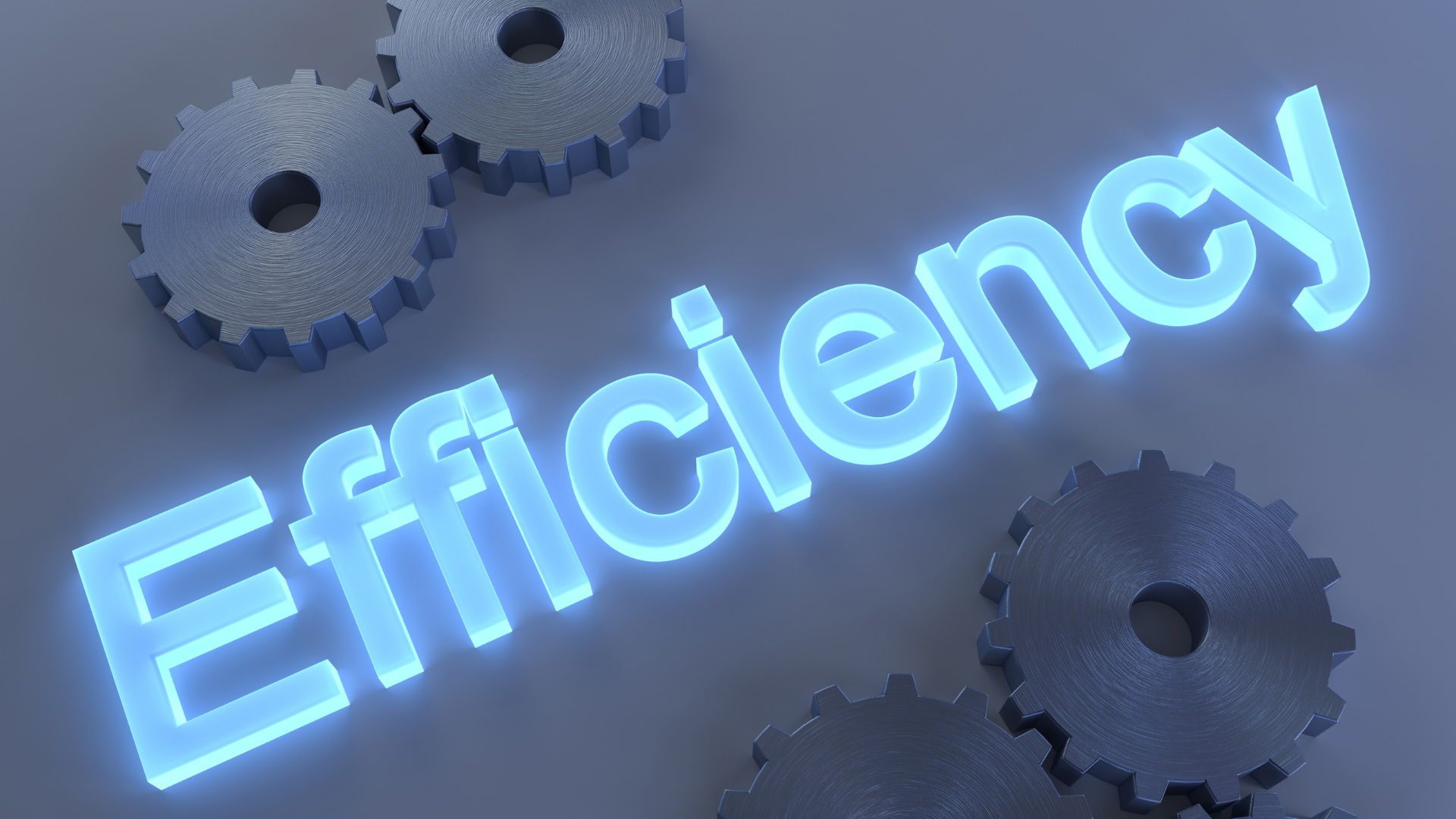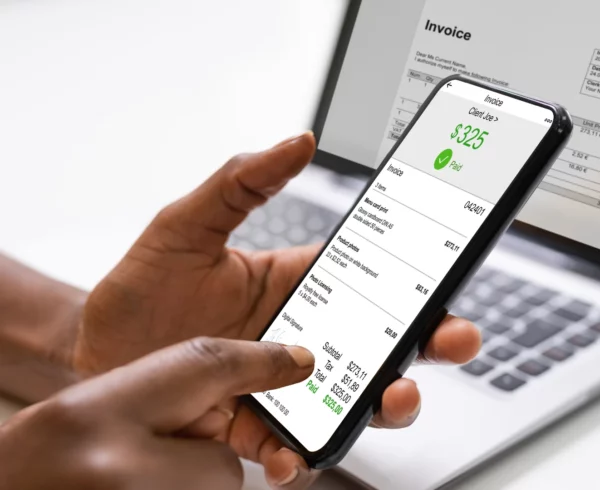
An Enterprise Resource Planning system (ERP) can significantly increase the profitability and efficiency of any organization, regardless of its size. Lead times and operating costs are reduced efficiently by managing sensitive data, expanding organizational transparency, and simplifying the business process. However, new ERP systems cost money, consume time, and introduce risk to the organization implementing them. Due to these substantial costs, executive teams can be scared off and delay investing in ERP implementations.
The immediate benefits of these implementation costs can be unclear and, therefore, harder to quantify, making the job of confidently investing in a new ERP system challenging for the stakeholders.
The problem with waiting too long to reconcile the costs and benefits of a new ERP system is it is more likely you will wait until it’s too late – or land up having no choice other than to replace your system.
So, the question is, what can you do to weigh the implementation costs versus the cost of inefficiency accurately if you don’t implement?

Quantify The Costs of Inefficiency
Your current processes may be broken, inefficient and ready for improvement. Even though the costs may not seem as concrete as the known line items on your implementation budget, they are real and tangible. It is important to quantify these costs as your employees, customers, and executives will likely all be feeling them. These costs will become even more pertinent once you define the time wasted on current activities and the time you could save by automating some of those processes. By applying these time savings to decreased labour costs and other process benefits, you will be able to demonstrate the measurable costs that implementing a new system will potentially save.
Have A Precise Idea of What Your ERP Implementation Can and Should Do for Your Organization
To quantify the inefficiency costs, you’ll need to have a clear idea of the direction your organization is heading and the expectations of your ERP system. Like most clients, you may be in a position where your legacy system is so outdated that you have no choice but to move forward with a new ERP. However, this isn’t a good enough reason, as you should still define what you expect from your system, e.g., increased sales and inventory turns, reduced process cycle times, fewer labour costs, and other benefits you wish to achieve. Only once you have figured this out will you be able to quantify the costs of inefficiency.

Explain How Your Organization Will Achieve Those Benefits
When making a business case, numbers are meaningless without clear and concrete steps to achieve them. To fully “operationalize” any potential business benefits, you will need to outline the actions and people responsible for those specific actions. For example, what specific software modules and business process changes will be necessary to achieve the expected benefit of improved inventory turns? Exactly how will the procedures be changed to reduce your process cycle times? Finding the answers to multiple questions such as these will ensure that you achieve the expected benefits to your business instead of just creating a business case that gathers dust on a shelf. It will also provide a strong foundation for organizational change management, training, and employee communications activities.
Conclusion
Hasty decisions, stress, and errors can quickly happen when a business is not up to date with technology improvements, and there are many hidden costs of delaying an ERP upgrade. However, once you start upgrading the system, you will begin seeing savings because of the low implementation costs.
Avoid the trap of believing you will save money by deferring an ERP project; it could cost you a lot more than you anticipated. In this new, cloud-centric world, your business survival is at risk if your supply chain and underlying technical infrastructure cannot adjust to meet your company’s growth plans or customer demands.
At BCH Group, we help you implement ERP solutions without a hitch and ensure that your upgrade journey is seamless and secure. Contact us today to learn more.





